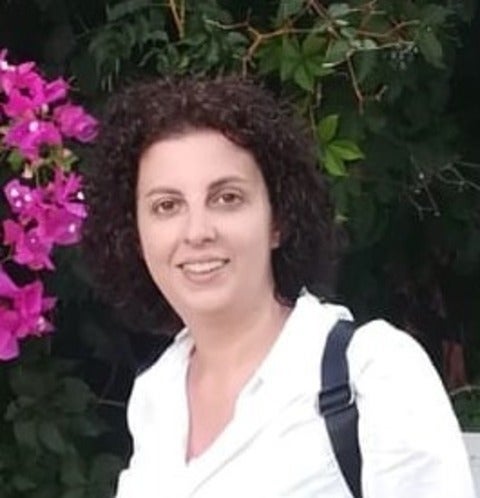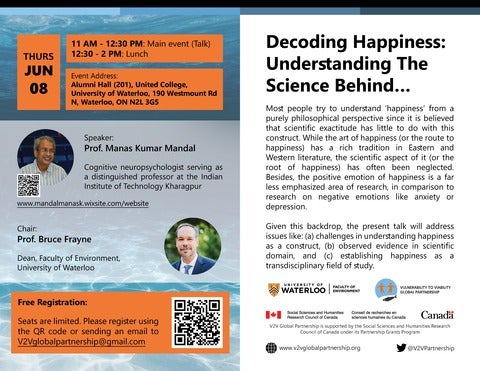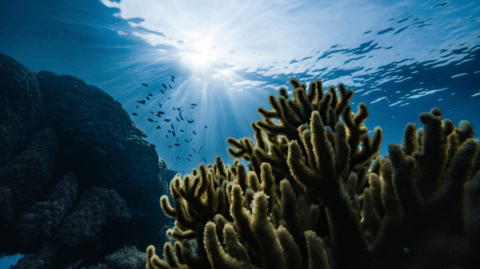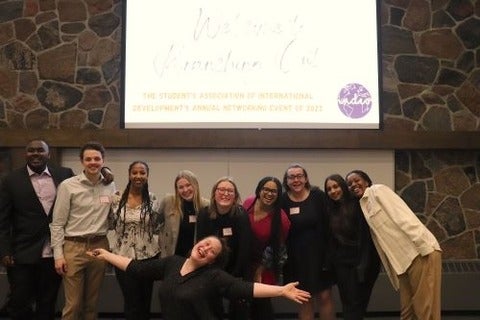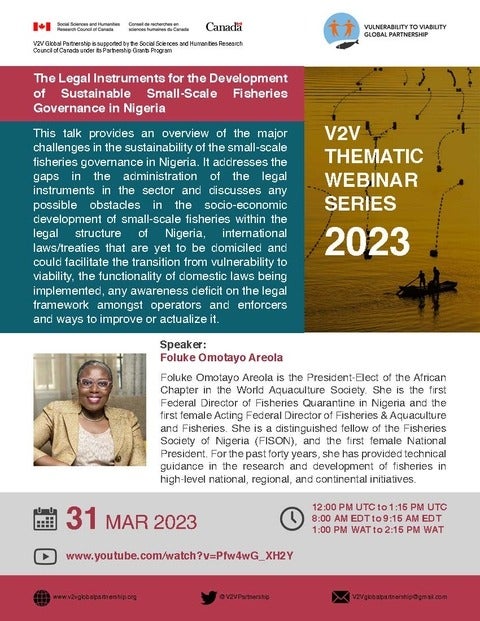School of Environment, Enterprise and Development is delighted to welcome Professor Rosella Carè
The School of Environment, Enterprise and Development is delighted to introduce Professor Rosella Carè, who joined SEED on May 1st as Assistant Professor and the holder of the RBC Professorship in Sustainability and Financial Management.
Professor Carè joins us from the University of Cagliari, where she was Assistant Professor of Banking and Finance. She received a Ph.D. in Sciences de Gestion at the Conservatoire des Arts et Métiers (CNAM) of Paris and a Ph.D. in Healthcare Management and Economics at the University Magna Graecia of Catanzaro (Italy). She currently holds a Marie Curie Research (Global) Fellowship, a prestigious and highly competitive award administered by the European Commission. Dr. Carè was a visiting researcher at the University of Waterloo in 2021/22.
Dr. Carè has served as the Principal Investigator of the research project "COPERNICUS - Social Finance for Social Enterprises: Theory and Practice to build a more inclusive society," which was funded under the Marie Skłodowska-Curie Global Fellowship. Her expertise lies in the areas of social and sustainable finance, alternative finance (fintech), impact investing, sustainable banking, ESG, climate risks, and financial stability. Dr Carè has a strong record of publications, including three books in the sustainable finance area.
We look forward to the contributions Rosella will make to our department and programs, and to through the initiatives and outreach associated with the RBC Professorship in Sustainability and Financial Management.
